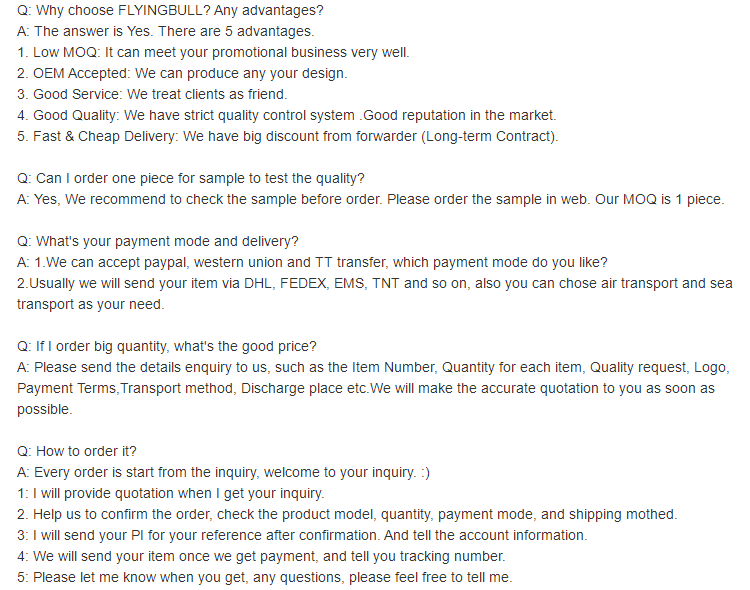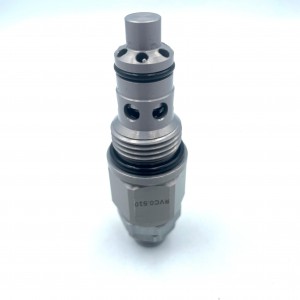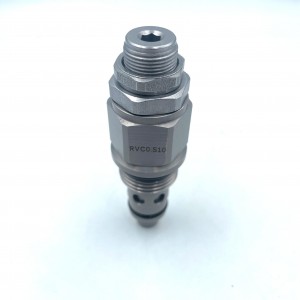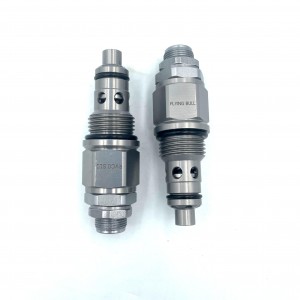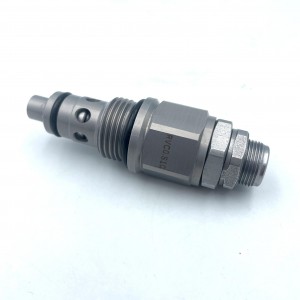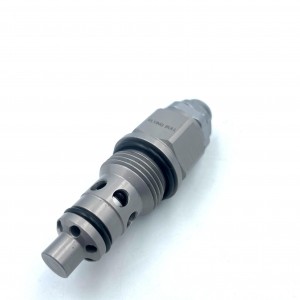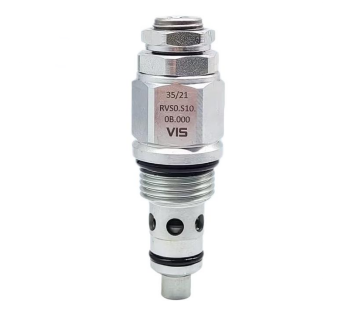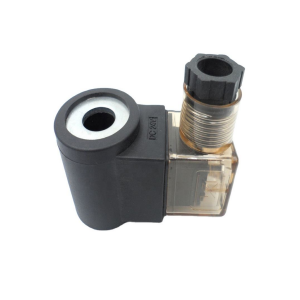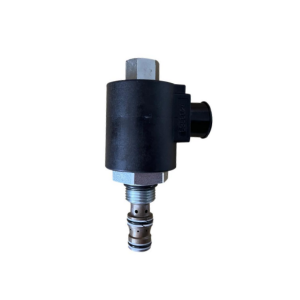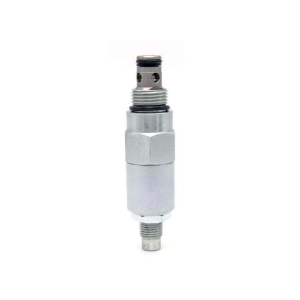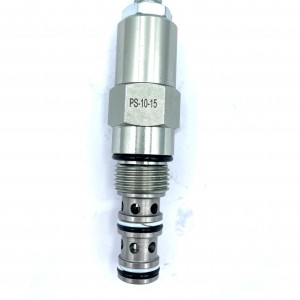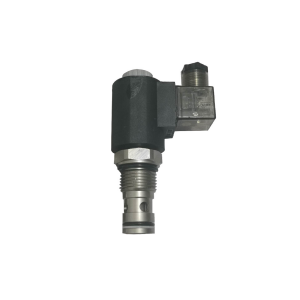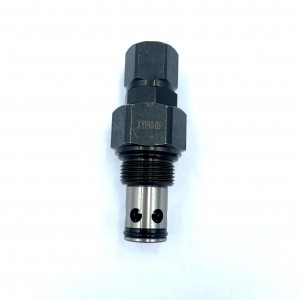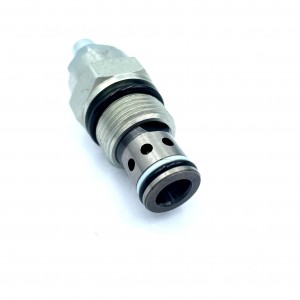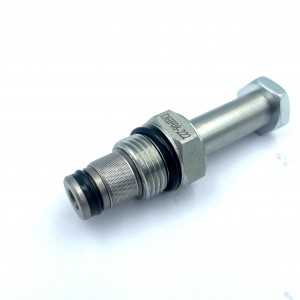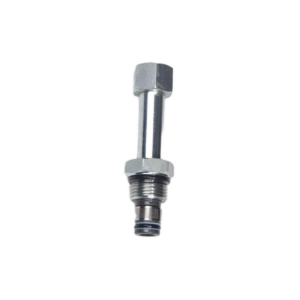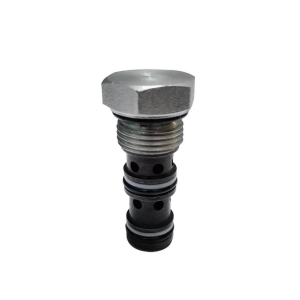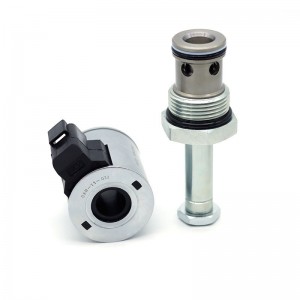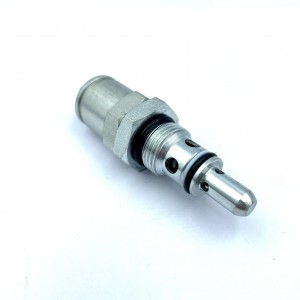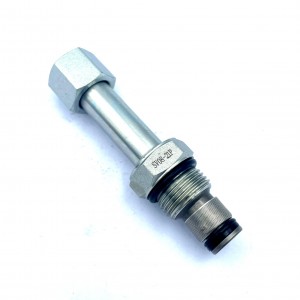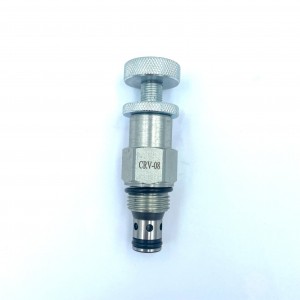Hydraulic screw cartridge valve relief valve Italy RVC0.S10
Details
Sealing material:Direct machining of valve body
Pressure environment:ordinary pressure
Temperature environment:one
Optional accessories:valve body
Type of drive:power-driven
Applicable medium:petroleum products
Points for attention
Relief valve is a hydraulic pressure control valve, which mainly plays the role of constant pressure relief, pressure regulation, system unloading and safety protection in hydraulic equipment. In the quantitative pump throttling regulation system, the quantitative pump provides a constant flow, when the system pressure increases, the flow demand will be reduced, at this time the relief valve is opened, so that excess flow back to the tank, to ensure that the relief valve inlet pressure, that is, the pump outlet pressure is constant. The relief valve is connected in series on the return oil circuit, and the stability of the moving parts of the back pressure of the relief valve is increased. The unloading function of the system is to connect the solenoid valve with a small overflow flow in series at the remote control port of the relief valve. When the electromagnet is energized, the remote control port of the relief valve passes through the fuel tank. At this time, the hydraulic pump is unloaded and the relief valve is used as a unloading valve. Safety protection function, when the system is working normally, the valve is closed, only when the load exceeds the specified limit, the overflow is opened, and the overload protection is performed, so that the system pressure is no longer increased.
Proportional valve is a new type of hydraulic control device.
In the ordinary pressure valve, flow valve and direction valve, the proportional electromagnet is used to replace the original control part, and the pressure, flow or direction of the oil flow is controlled remotely according to the input electrical signal continuously and proportionally. Proportional valves generally have pressure compensation performance, and the output pressure and flow rate can be unaffected by load changes
Product specification
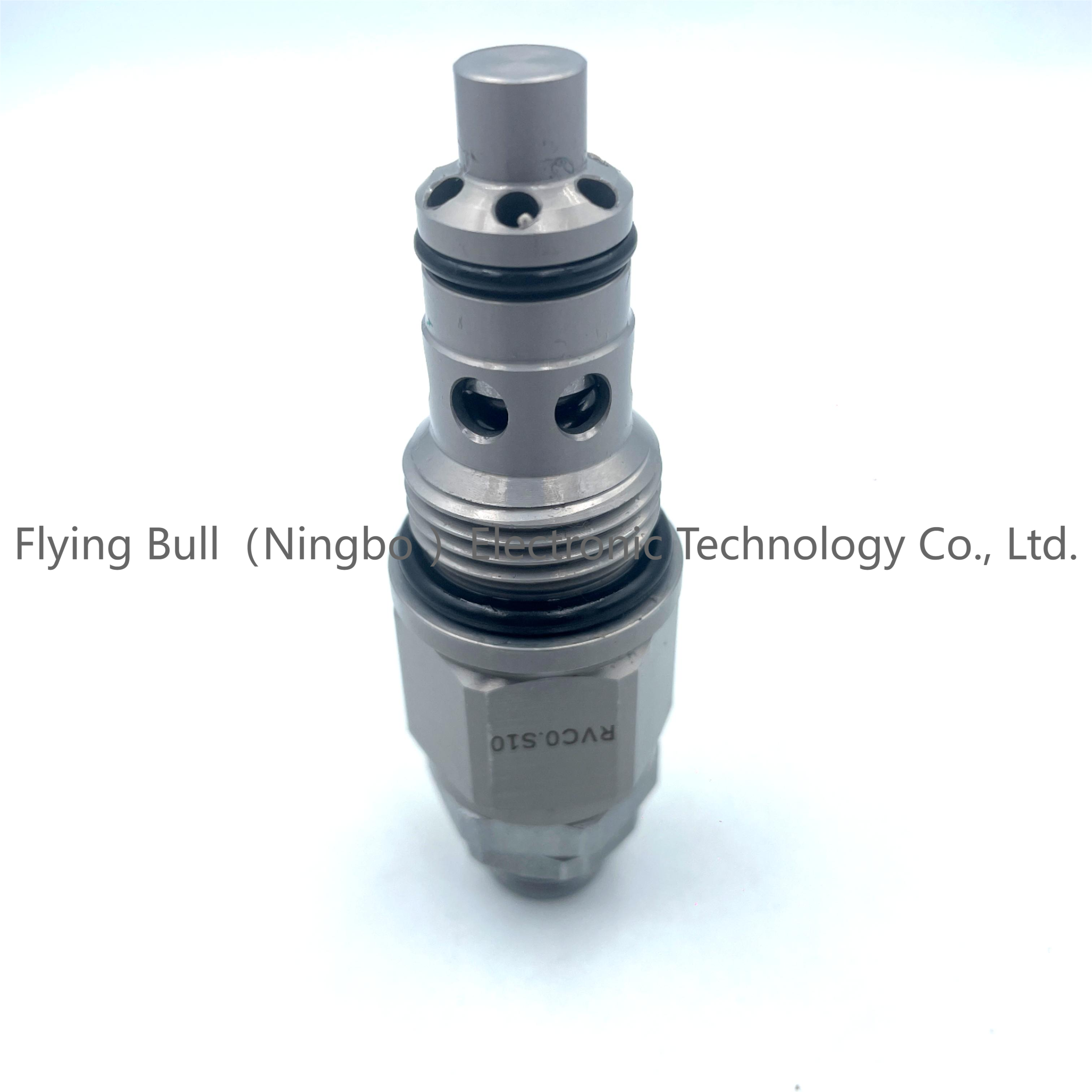
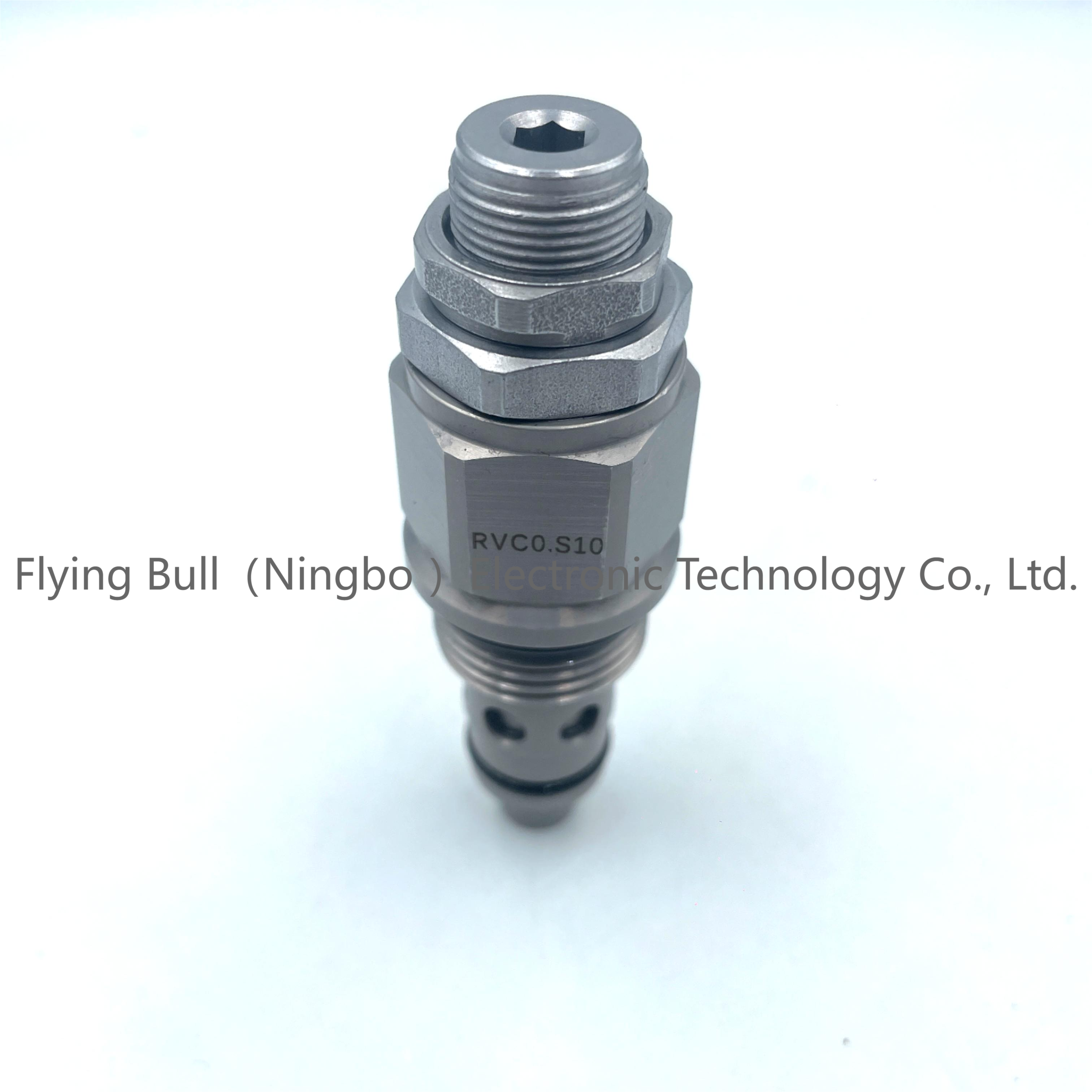
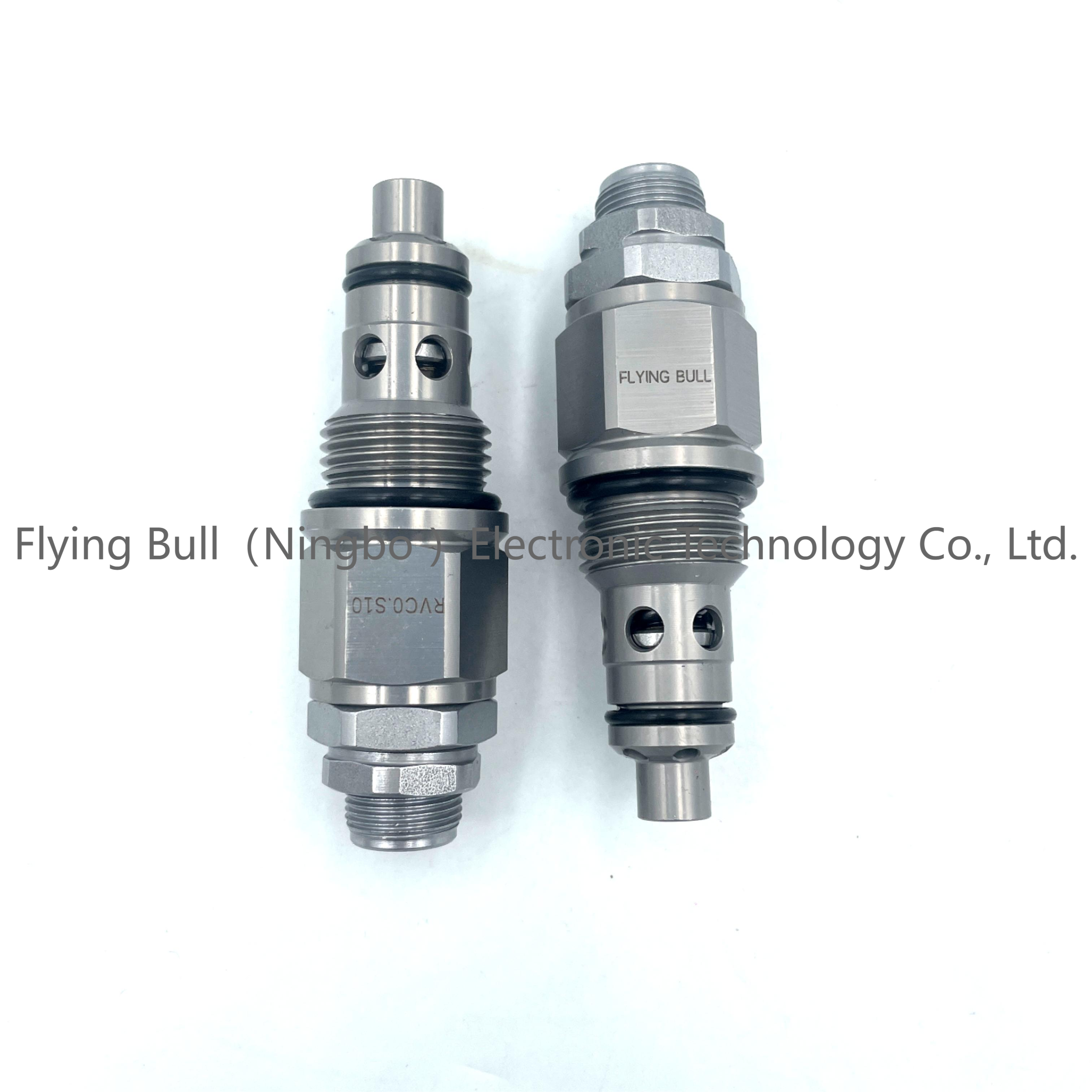
Company details






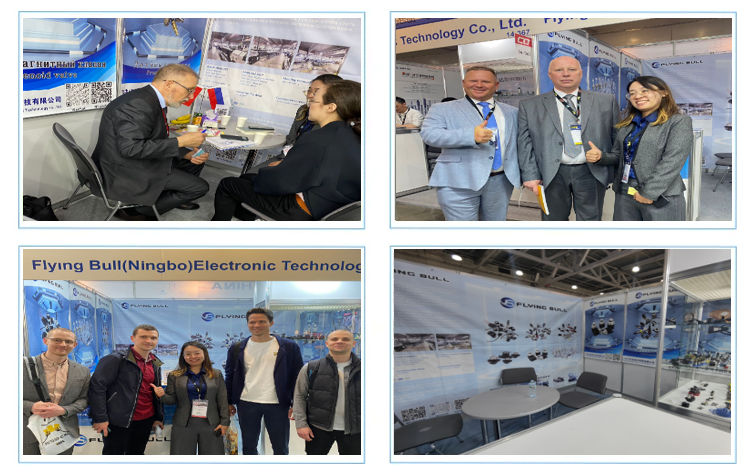

Company advantage
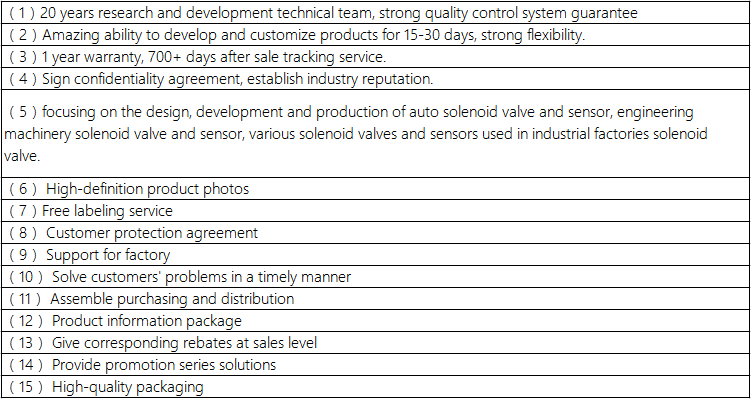
Transportation

FAQ
